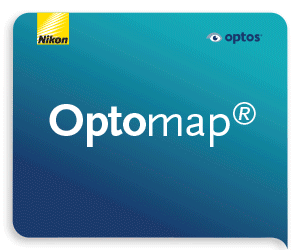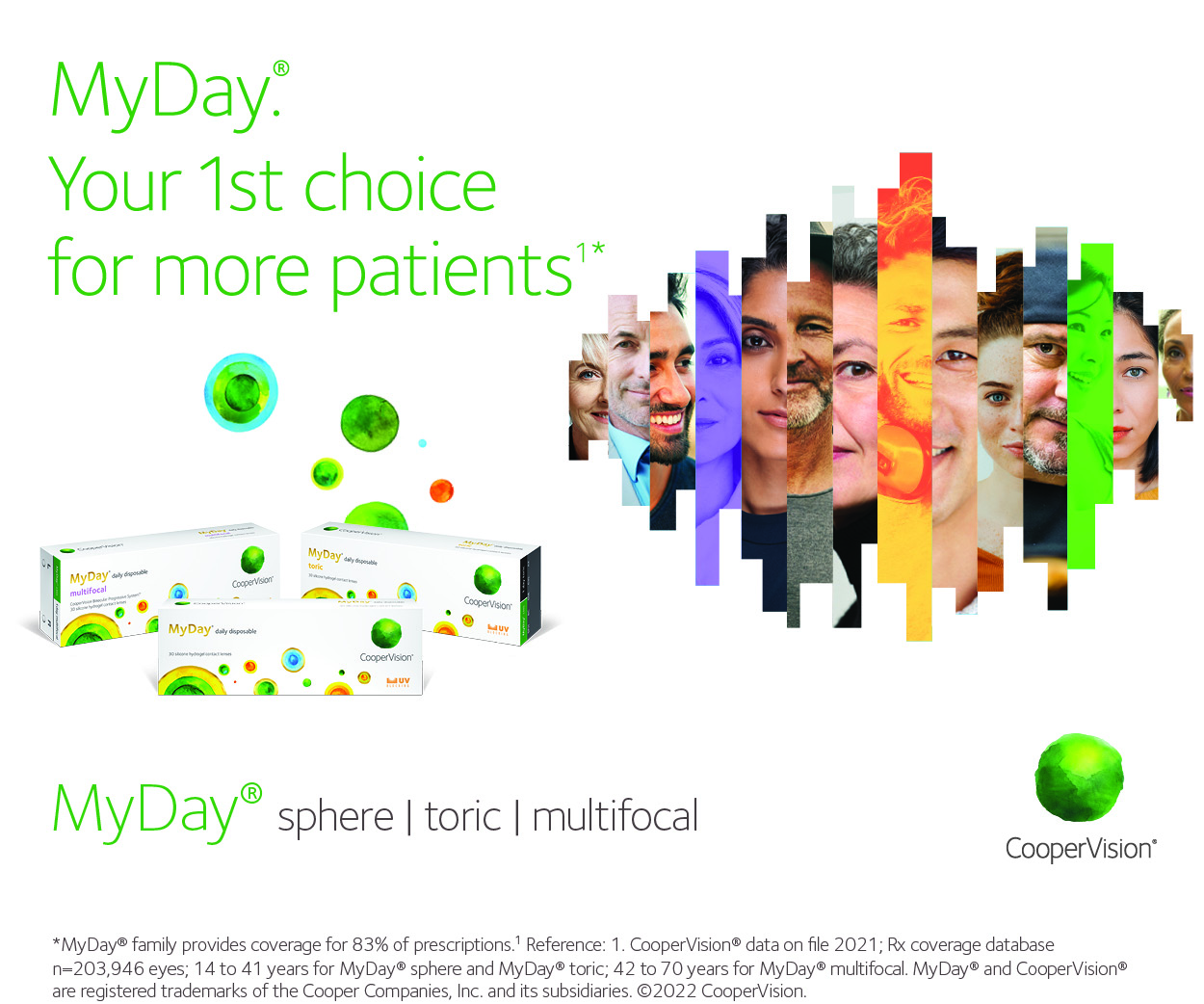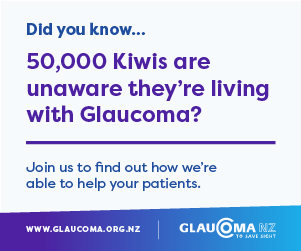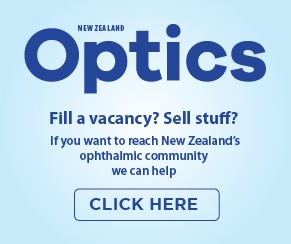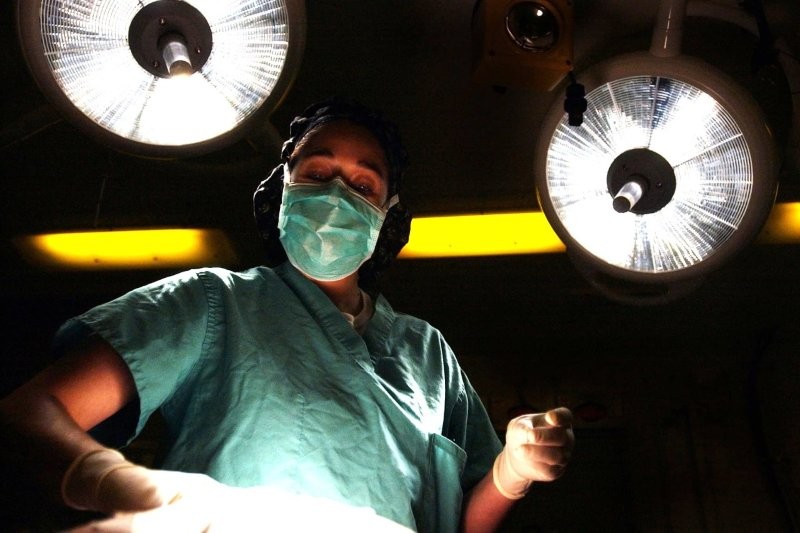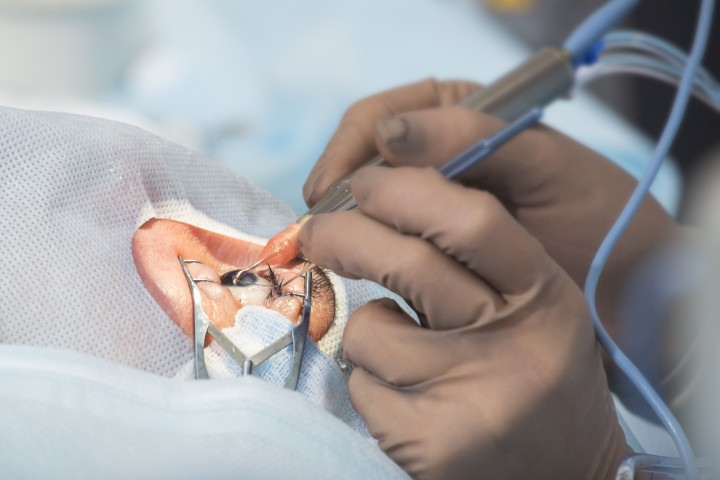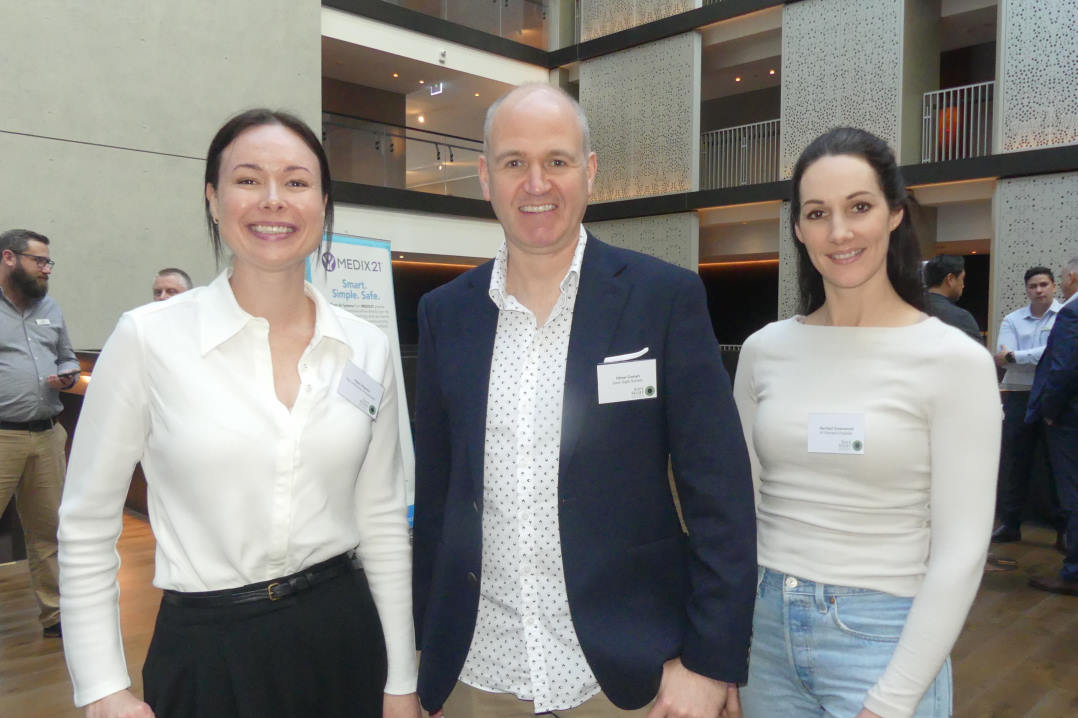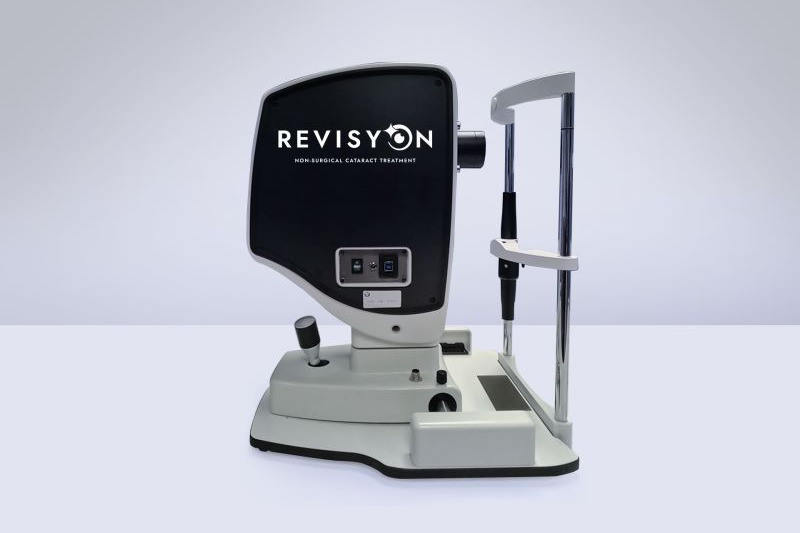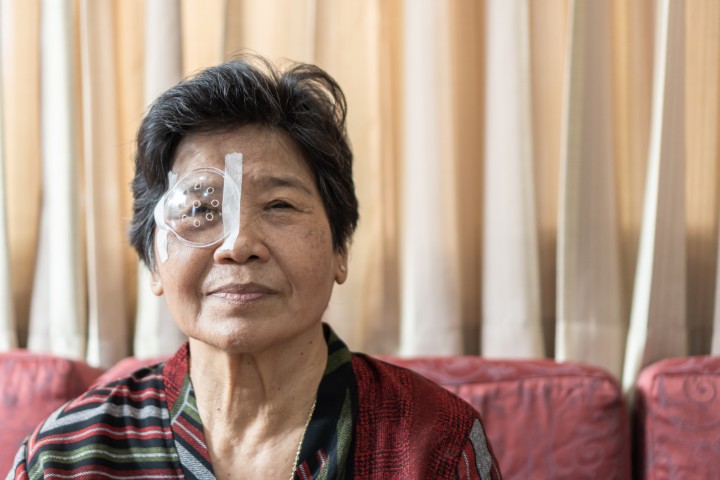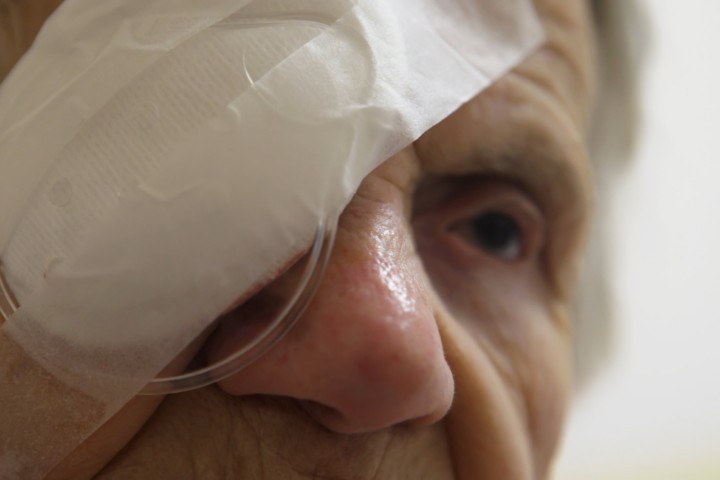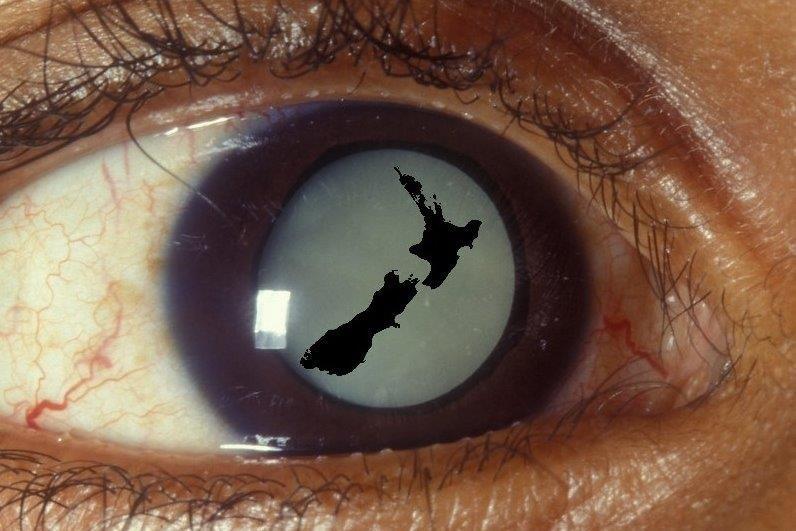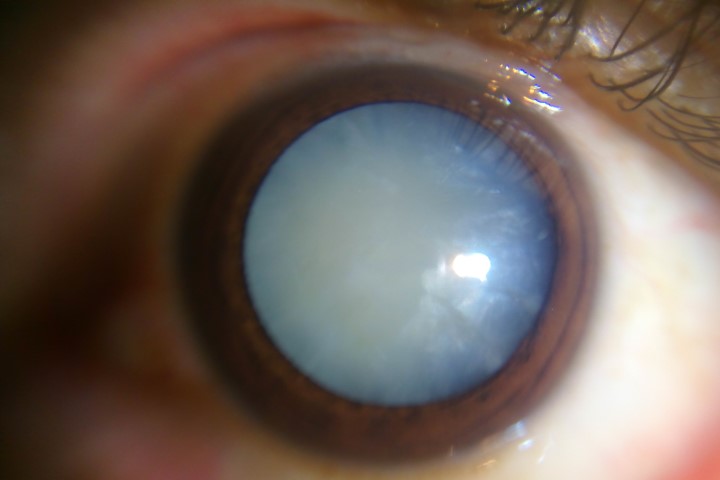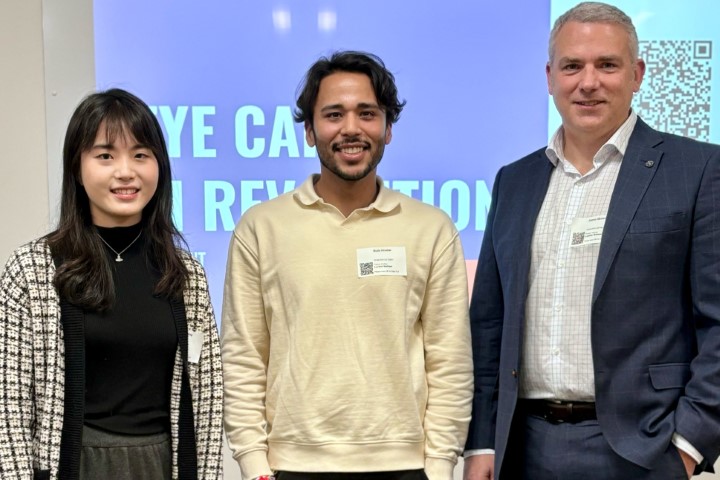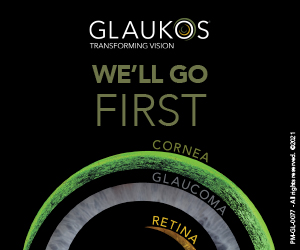Getting theatrical about cataracts: factors affecting surgical capacity
Though the government has recently reaffirmed its commitment to a nationally consistent Clinical Priority Assessment Criteria (CPAC) threshold of 46 for patients to be eligible for cataract surgery, the capacity to address our growing waitlists appears to be lacking. Drew Jones talked to two prominent cataract surgeons to find out why.
In some areas, since the reaffirmation, CPAC levels have gone back up, said Hamilton’s Associate Professor James McKelvie. “Most people thought of CPAC as a tool to match demand with capacity, rather than a clinical prioritisation tool. It's supposed to give treatment to those who need it, fairly and equitably across the country.” But capacity constraints in some regions are holding things back, he said. “It's really about the infrastructure in each region, in terms of processing patients, processing referrals. (Does the area) have enough administrators, enough theatres and can those theatres perform at optimal speed?”
Historically, if one region was performing way below another, they’d employ more ophthalmologists and open more theatres, but that doesn’t happen overnight, said A/Prof McKelvie.
Back in mid-2023, when the then Labour government agreed to a nationwide commitment to a CPAC score of 46, mirroring Auckland’s, which was the lowest rate in the country at the time, practitioners were told this would be rolled out nationally over a relatively short period of time. “The initial idea was to have it match the lowest score, but that’s a little unrealistic,” said A/Prof McKelvie. In the Auckland region, for example, Te Whatu Ora routinely outsourced thousands of cataract surgeries, so the public system never had the capacity to process that many surgeries, only the funds to outsource them, which is a total false economy, he explained. “So it's a bit misleading to think that all of a sudden you've got a country that's much better at processing patients, when it’s just paying to send them into the private system. And that’s not just an ophthalmology problem – it’s throughout the entire public health system.”
It would be easy to point the finger at one region and say, ‘You guys are really underperforming as your average CPAC score is much higher,’ said A/Prof McKelvie. “But it may just be they are not outsourcing any cataracts in that region, or they are but there’s not a lot of extra capacity in private care. If the threshold is very high and you can't get cataract surgery in the public system, you're either going to have to just put up with poor vision or, ultimately, if you need it to keep your job as a driver, you're going have to find the resources to go privately.” So those regions with higher public thresholds may find more patients are going private, he said.


A/Prof James McKelvie and Dr Dean Corbett
Pathway speed is key
No matter where a person’s cataracts are treated, however, there's a lot of variability between surgical processes, and a surgeon’s speed is far from the biggest factor when it comes to capacity, said A/Prof McKelvie. There are lots of YouTube videos showing surgeons who can do cataracts in as little as three or four minutes: “But they will be cherry-picking the very easiest cases and they probably don’t talk about any bad outcomes.” The emphasis shouldn’t be on a surgeon’s speed but on efficiency, he said. “We want to use our resources in a thoughtful and careful way to maximise benefits for the most people, especially when it comes to public surgery, because we're spending the country's money.”
So what is a reasonable rate of throughput?
In theory, for an ophthalmologist with a very efficient theatre system it is not unreasonable to expect six cases per hour, according to Ophthalmology New Zealand chair Dr Dean Corbett. “However, in New Zealand we have ranges as few as one per hour through to perhaps as many as seven.” In an optimally efficient system, where two operating theatres with two teams are used, up to 10 cases per hour could be performed, he said, but this could double the costs and needs to be balanced against outcomes and complication rates.
There’s also the question of whether to operate on both of a patient’s eyes in one visit, says A/Prof McKelvie. “Because if they can stay lying in exactly the same position and the team sets up and does the second eye, with just one clinic visit, both eyes are done within a few minutes.” Some people have suggested, however, that immediately sequential, bilateral-cataract surgery (ISBCS) is not fair, he said, as it means potentially there's somebody else who needs cataract surgery but will have to wait longer. “Others have safety concerns about doing both eyes on the same day, which could be valid if the patient got bilateral endophthalmitis and lost vision in both eyes, which would be a terrible outcome. But, thankfully, with new protocols, ISBCS has a very good risk profile and is becoming more widely accepted.”
Currently, in New Zealand’s public system it's very common to do all left eyes first. “We can have the microscope set up to do all left sides without wasting time repositioning everything,” said A/Prof McKelvie. “So we would typically ask the booker to organise the list to do all the lefts then all the rights. But there are some surgeons who operate superiorly – above the patient – and for them it doesn't matter if it's a left or a right eye.”
A/Prof McKelvie, however, said his preference is to operate on both eyes, as it doesn’t slow things down switching eyes, given that each eye is always treated as a separate case, requiring a fresh set of sterile instruments and a separate ‘time out’ for each eye.
Standardising pathways improves efficiency, said A/Prof McKelvie, especially if it's a bigger surgery with a dedicated cataract team. “If you're doing the same thing over and over, ultimately, you get very good at it and understand what you can safely remove from that pathway. Not only does it then become faster, but the complication rates also decrease and outcomes improve.” In a lot of public hospitals, they'll have surgeons who specialise in glaucoma, vitreoretinal or corneal surgery who might include a few cataracts, he said. “It's probably less exciting, but it's much more efficient to see 20 cataract patients in a row. That’s probably where we can get most efficiency gains and improve outcomes at the same time.”
Improving efficiency pre- and post-surgery is also key, said A/Prof McKelvie. “Efficiency comes from things like, how we get the patient out of the room easily and quickly, whether that's in a wheelchair, on a bed or walking. Then how do we get the next patient ready? Because that often takes much longer than the actual surgery.” Staff levels and processes also impact a surgeon's speed, as will equipment and the ergonomics of the setup, said Dr Corbett. “Theatre design, staffing and processes all contribute and are best addressed by excellent staff training and appropriate numbers.”
A/Prof McKelvie suggested learning from units with the best turnaround times and how that can be translated from one location to another. With some very small tweaks, a centre that typically would do five cataracts in a morning could double that capacity without breaking a sweat, he said.
A lot of this comes down to the clinic staff’s ability to process pre-admissions, book patients and get them to come in, said A/Prof McKelvie, and this all starts in the community with referrals, but sometimes there’s even problems with that. For example, he said, when CatTrax (the cataract referral and monitoring tool he co-developed) was employed in the Hamilton region, Māori referrals for cataract surgery doubled after referrers were given feedback on the number and type of referrals made compared with their region’s demographics.
The impact of training
Another factor in all this is training, said Dr Corbett, given a single registrar case may take up to 60 minutes, handicapping the ‘efficiency’ of the public sector. With today’s training, where registrars have to do full cases, there's a belief among some that there’s no time for training if we're doing higher-volume lists, said A/Prof McKelvie. “But I would disagree with that. I've had lists with maybe 12 or 14 patients in a half-day session and I've had a registrar on that list. I would actually say that’s ideal training, because although the registrar won’t be able to do the complete case, end to end, they might be able to do one bit of the case 10 or 14 times in a row, while perhaps seeing a diverse range of patients. That’s fantastic for learning.”
There’s always room for old hands to improve too, said A/Prof McKelvie. “Unfortunately, the profession is not particularly good at cross-pollinating and people do tend to get a bit entrenched if they have worked for 20 years at one location. As consultants, we don't get many opportunities to visit colleagues and see them doing lists.” RANZCO, however, offers a practice visit option, which can be counted towards continuing professional development (CPD), he said. “That's an incredibly valuable experience. I visited (Wellington ophthalmologist) Dr Steve Mackey last year to see him operate and he had some things he had optimised in his private theatre that really took me by surprise. I went back after that and made a whole lot of changes to the way that I do surgery. Prior to that visit, I thought I had the absolute optimal setup for me.”




